A BOLD GIVING INITIATIVE: The Shefa Fund
POOLING PHILANTHROPIC CAPITALTO IMPROVE HEALTH AND LIVELIHOODS
introduction
The Shefa Fund is a pooled fund that fosters collaboration and learning among individual Arab philanthropists, with the goal of improving the health of vulnerable children and families in the Middle East and beyond.Why bold
The Shefa Fund boldly aims to make meaningful progress on underfunded health issues in the region. It takes an innovative approach, pooling both funds and the grantmaking experience across its members, and using the techniques of strategic philanthropy.The details
Engage the community
Conduct learning visits to develop a deep understanding of investment issue areas
Learn and evolve
Learn and adapt over time to improve practice and extend reach
Partner with others
Collaborate strategically with other donors to accelerate learning and aggregate capital for greater impact
Pool resources
Partner with leading actors to stay lean and efficient
Primary philanthropist Khaled and Olfat Juffali, in collaboration with the Bill & Melinda Gates Foundation
established 2013
Primary Focus Health and emergency relief
geography Middle East and Africa
FAST FACTS
THE OPPORTUNITY FOR IMPACT
For prominent Saudi businessman Khaled Juffali and his wife, Olfat Al Mutlaq-Juffali, philanthropy is an essential part of their lives. “My father was the one who taught us the principle of giving,” Khaled explains. “We used to go with him to very remote areas to visit those in need. That was our humble beginning. Since then, we have learned a lot, and hopefully, can continue to follow his lead.”
Together, the Juffalis have established health centers and donated medicines and machines, seeking to help the community.
However, in 2012, when the couple looked across the full range of health needs in the Middle East and Africa, the challenges seemed almost overwhelming: polio, human African trypanosomiases (“sleeping sickness”), meningitis A, and neglected tropical diseases (NTDs) like cutaneous leishmaniasis. These and other diseases afflict millions of vulnerable people, especially children, throughout the region. “We wanted to better address these critical health needs,” Olfat notes.
Philanthropists in the region, building on the long-standing traditions of charitable giving in the form of zakat and waqf, have supported initiatives that address some of the need. However, the Juffalis believe that no single philanthropist or charitable foundation, despite their best efforts, can really make more than a dent against diseases that claim the lives of millions. The need and funding gaps are simply too great.
“[One person’s] philanthropy can be a drop in the ocean,” explains Khaled Juffali, “and we wanted to maximize our impact. Our belief is: don’t give alone.”
In January 2012, seeking to find a way to act collectively instead of individually, the Juffalis hosted a gathering in their hometown of Jeddah, inviting Bill Gates and other friends and philanthropists. The Juffalis wanted to understand how organizations like the Bill & Melinda Gates Foundation (Gates Foundation) maximized the effect of their giving. The conversations were a lightbulb moment for Khaled and Olfat: they came up with the idea of establishing a collaborative giving initiative for themselves and other Arab philanthropists, targeting the region’s many health challenges.
To bring their idea to life, the Juffalis recruited other ambitious philanthropists, and teamed up with the Gates Foundation to access the organization’s expertise and substantial experience working in health. In November 2012, the group took a learning journey to Senegal, where they visited health clinics treating malaria and tuberculosis. They also witnessed firsthand a campaign to combat meningitis A.
Informed and inspired by what they saw, the group strategized on how best to channel their giving to the highest-potential programs, approaches, and organizations. The Juffalis designed an approach to donor collaboration that they believed would lead to larger investments and accelerate progress on the issues relating to health and livelihoods afflicting the region’s most vulnerable people.
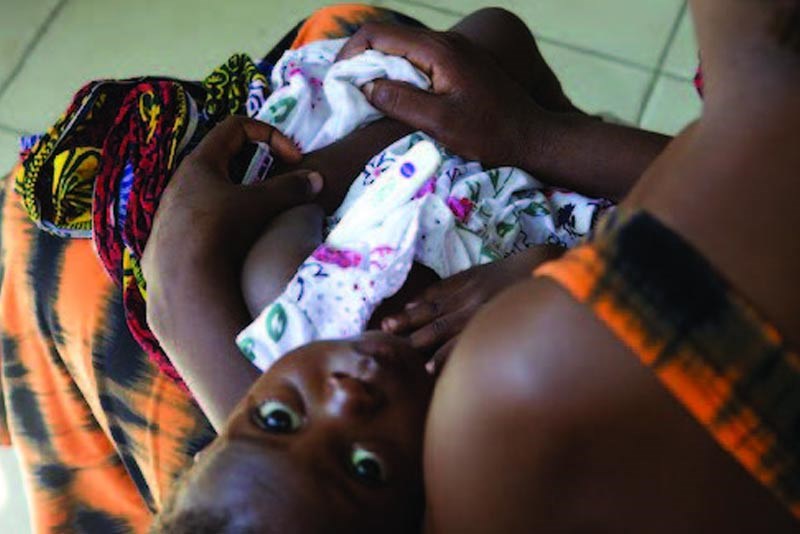
“[One person’s] philanthropy can be a drop in the ocean, and we wanted to maximize our impact. Our belief is: don’t give alone.”
Khaled Juffali
A BOLD INVESTMENT IN ADDRESSING NEGLECTED HEALTH ISSUES
In April 2013, the Juffalis officially launched the Shefa Fund (“Shefa” means “well-being” in Arabic), a pooled fund focused on improving the health of vulnerable children and families in the Middle East and Africa.
The Shefa Fund represents a bold new approach to Arab philanthropy, with three particularly striking elements. First, the Shefa Fund aims to make meaningful progress on underfunded health issues in the region.
“We wanted to focus on health problems such as polio and neglected tropical diseases because there are not many people who focus on them [in the region],” says Olfat Juffali.
Though much of the funding for neglected tropical diseases comes from international aid agencies and local governments, a dramatic funding gap of USD 200 to 300 million remains.
Second, by pooling funds and making grants together, more capital flows more efficiently to issues the participating donors care about. Members make a minimum contribution of USD 250,000 for a defined period, usually two years. The approach lets them learn together and benefit from shared expertise, rather than each having to find, vet, and manage their own philanthropic investments.
Additionally, they quite literally become a larger actor in the region’s health field, which puts them in a stronger position to narrow funding gaps for neglected health issues and also to influence the programs or funding of other actors. Collaborative approaches are becoming increasingly common across the global philanthropic community, including such examples as Co-Impact and Blue Meridian Partners.
Finally, the Shefa Fund takes a highly strategic approach to its grantmaking. It chooses investment areas where it can have a major impact, and carefully defines what success looks like and how to achieve it. The Shefa Fund’s grants are substantial, with an average investment size of over USD 1 million and a duration - of up to four years - long enough to see results.
The Shefa Fund’s relationship with the Gates Foundation, which helps the fund identify promising investment opportunities while keeping its operations lean, is critical to this kind of strategic grantmaking.
Since its founding in 2013, the Shefa Fund has drawn on funding from over 20 different donors, and raised and deployed over USD 14 million. The results thus far suggest that, in a region where individual and family giving is the norm, pooling funds has power and appeal.
For the Juffalis, there is no doubt that the Shefa Fund is having more impact than the family, or each individual member, could have had on their own. Through its investments - in combatting diseases such as meningitis A, sleeping sickness, and cholera, and the Covid-19 pandemic; providing care for women and children; and supplying critical emergency relief to conflict zones - the Shefa Fund has helped save or improve the lives of more than 16 million people.

“We wanted to focus on health problems such as polio and neglected tropical diseases because there are not many people who focus on them [in the region].”
Olfat Al Mutlaq-Juffali
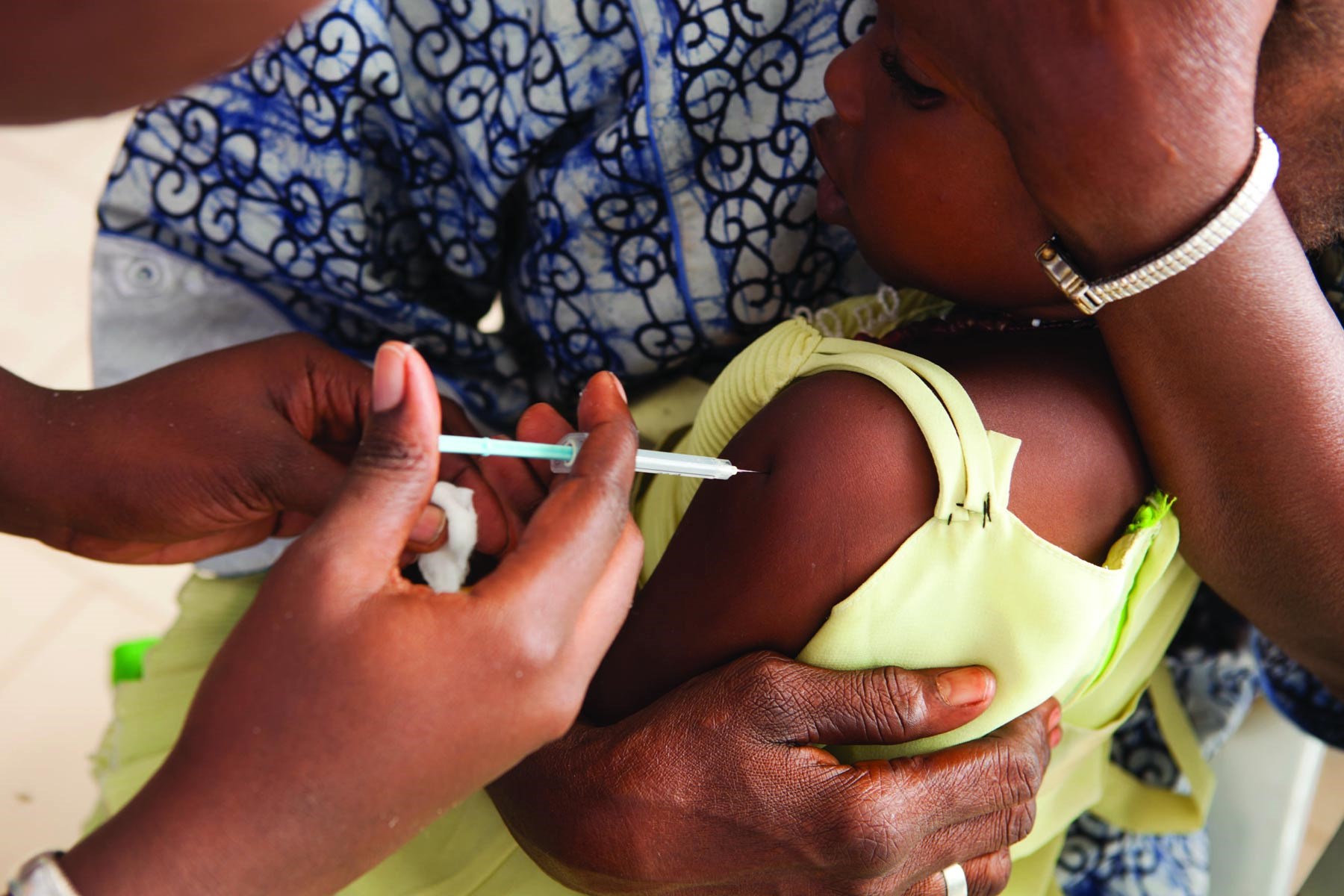
THE SHEFA FUND'S COMPLETED AND ACTIVE GRANTS
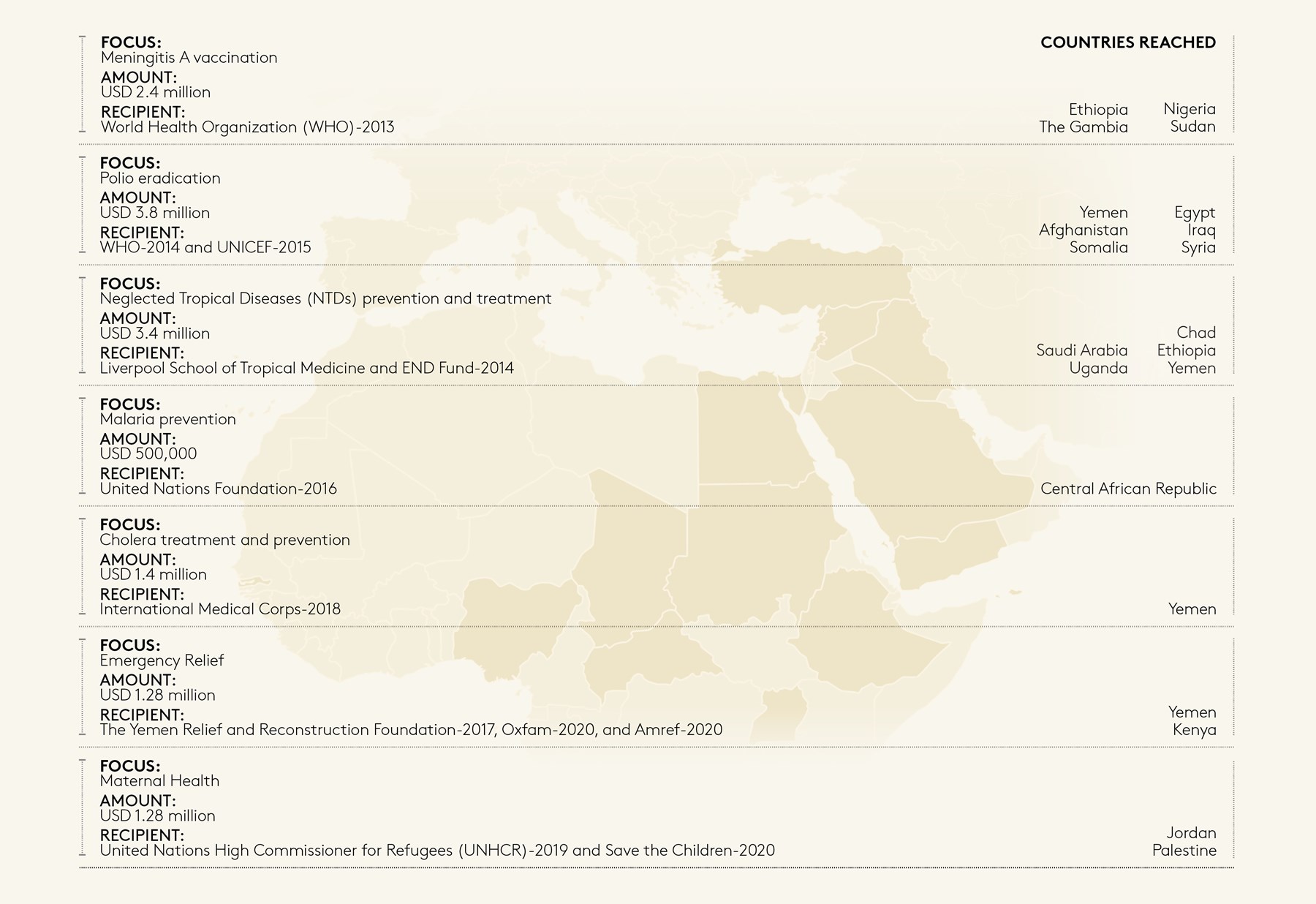
HOW THE INITIATIVE WORKS
Learning together
A deep commitment to learning together has animated the Shefa Fund’s work from the beginning. That inaugural journey to Senegal became a model for how the fund would approach its work. Learning trips help members deepen and broaden their understanding of conditions on the ground, informing their thinking on the role the Shefa Fund can play in advancing progress.
“You cannot help people from a distance,” says the Juffalis’ daughter Dana. “Going to the field makes the issues come to life. It was inspiring to see how the END Fund and its partners treat people with sensitivity and respect.” (See “Grantee Spotlight: The END Fund”.)
These trips have directly shaped the Shefa Fund’s grantmaking. For example, they have influenced members to shift some of their giving to causes outside their home countries. They also led members to give not only to proven interventions but also to take risks and invest in research and pilots of new solutions.
Beyond the trips, the Shefa Fund learns from periodically assessing its grant portfolio to determine what is working and what is resonating with donors. The fund’s advisory board reflects on lessons to carry forward to future grantmaking.
Take, for example, the END Fund project to treat intestinal worms in Ethiopia. Local partners and the Ministry of Health helped identify three highly endemic regions to target, ultimately allowing the project to reach 2 million more children than the original goal. This practice of targeting high-density areas became a building block for future grantmaking decisions that focus on high-impact interventions, including the Shefa Fund’s 2015 grant to UNICEF. With a budget of USD 1.8 million, this work helped immunize over 7 million children in Iraq and Syria against polio.
Or consider the fund’s work on cutaneous leishmaniasis, a neglected tropical disease that can cause debilitating lesions and scarring. The Shefa Fund approached the problem from multiple angles. It funded disease research, helped identify successful control methods, trained healthcare workers to identify cases, and cooperated with the Ministry of Health in Saudi Arabia to explore the possibility of integrating new interventions into the Ministry’s work.
These investments are mutually reinforcing, magnifying the impact beyond what any one giver or one approach could do to decrease the burden of cutaneous leishmaniasis in Saudi Arabia. Increasingly, the Shefa Fund prefers this type of multipronged approach.
Selecting grantmaking opportunities
Most grants emerge from answering a simple question: What unmet needs can the Shefa Fund address? Grantmaking follows a rigorous assessment process that begins with a clear focus on addressing underfunded health issues in the Middle East, Africa, or the broader Muslim world. To surface opportunities, the fund taps the extensive knowledge and networks of the Gates Foundation.
“They let us know where they see any major funding gaps,” says Dana Juffali. “That is the main pillar, but we also want to look for the highest quality [grantee] partners on the ground…those who know the community well.”
The Shefa Fund’s advisory board considers impact, scale, and risk before making each grant decision.
Consider the Shefa Fund’s interest in research as one of several approaches needed to address cutaneous leishmaniasis. The Gates Foundation, in response to a request from the Juffalis, identified the Liverpool School of Tropical Medicine as a potential partner already researching health issues in Saudi Arabia. The Liverpool School was considering undertaking research on cutaneous leishmaniasis interventions and needed funding to evaluate new, on-the-ground approaches.
Since that initial discussion, the Shefa Fund has granted nearly USD 1.7 million for this research, which is exploring novel diagnostic methods, evaluating current disease treatment protocols, and assessing new ways to control cutaneous leishmaniasis in Saudi Arabia.
Partnering with experts
The Shefa Fund runs a lean operation. It has one staff member and collaborates closely with key partners to screen grants, manage member engagement, deploy funds, and manage financial assets.
The Gates Foundation provides a vetted list of investment opportunities (based on extensive due diligence and its experience with hundreds of organizations working in global health), from which the Shefa Fund’s advisory board selects grantees and decides the grant amounts. A global philanthropic consulting firm with a presence in the Arab region supports the fund’s member outreach and communications. The firm helps organize advisory board meetings, tracks outcomes and grant reporting, and organizes member learning trips.
A donor-advised fund manages the Shefa Fund’s assets, overseeing both member contributions and grantee payments.
This partnership model is a rarity in the Arab region, where philanthropists typically choose instead to set up their own foundations and run their own programs – if they decide to institutionalize their giving at all. By partnering and outsourcing some functions, the Shefa Fund has created an efficient and effective alternative to the traditional foundation model – helping it grow rapidly, begin disbursements quickly, and gain access to a tremendous array of capabilities and expertise.
Key steps in the Shefa Fund grantee selection process
- The advisory board selects issue areas based on impact potential, current member interests, and funding gaps.
-
With this guidance, the Gates Foundation draws on its global network and established grantee due diligence process to identify a set of vetted, high-potential organizations and projects.
-
The advisory board reviews vetted opportunities and votes during board meetings (two or three times per year).
-
The Shefa Fund members participate in learning visits to better understand on-the-ground challenges, hone interests, and determine how the fund can drive the most impact.
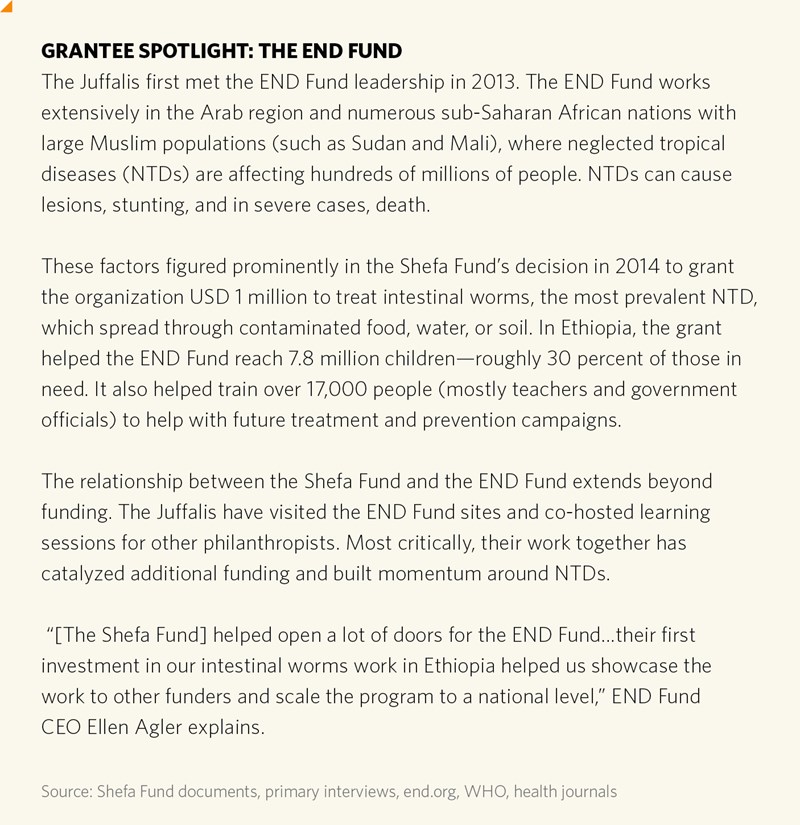
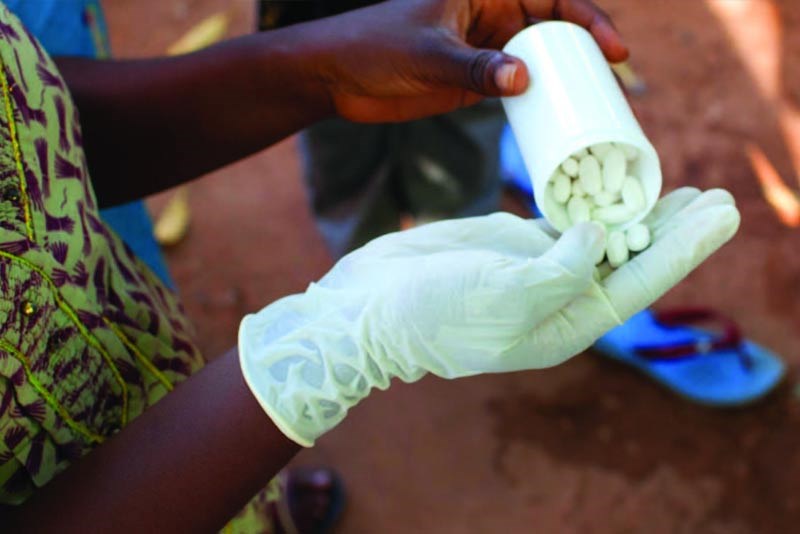
USD 1 MILLION
The average investment for the Shefa Fund’s grants is more than USD 1 million
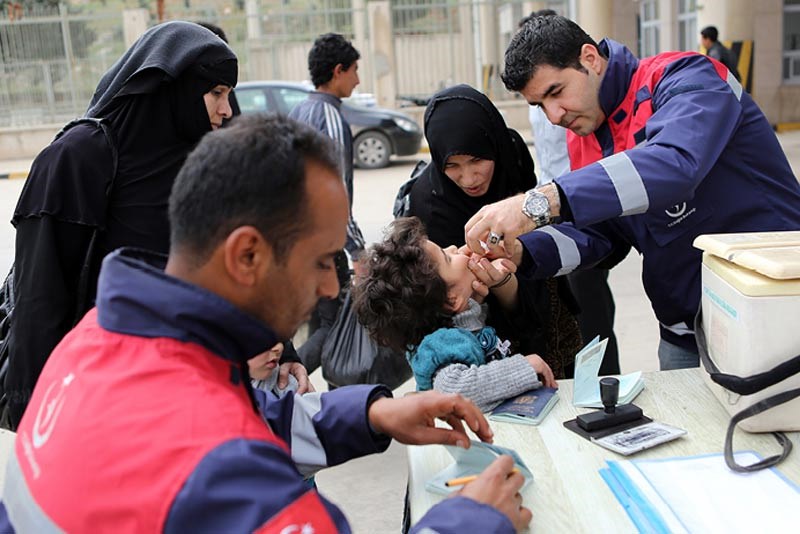

PROGRESS AND RESULTS
Growth and impact
Through its roughly USD 14 million in grantmaking targeting critical health needs, the Shefa Fund has helped improve the lives of more than 16 million people.
Consider the Shefa Fund’s 2016 grant to the UN Foundation, which supported the distribution of 180,000 insecticide-treated bed nets in the Central African Republic. With an estimated 400,000 people contracting malaria each year in the country, these bed nets have the potential to address a large proportion of the unmet need. The Shefa Fund also supported radio broadcasts and posters that help educate mothers about when to seek help for a sick child who may have malaria.
The Shefa Fund’s 2014 grant to the Liverpool School of Tropical Medicine was also powerful, supporting an effort to protect over 1 million people in Uganda and Chad from sleeping sickness, a potentially fatal parasitic condition transmitted by tsetse flies. The Shefa Fund’s grant allowed the Liverpool School to purchase over 47,000 insecticide-treated nets that attract and kill the flies.
The nets reduced tsetse fly numbers by at least 90 percent in the treatment areas (which totaled 2,800 square kilometers), potentially reducing the risk of disease transmission for up to one million people.
Aiding its ability to make a difference is the fund’s minimal bureaucracy, which frees it to move fast. For example, the Shefa Fund made a grant to address urgent funding gaps for meningitis A vaccination in Ethiopia, Nigeria, Sudan, and the Gambia just four months after its founding. Since its rollout, the vaccine against meningitis A has all but eliminated the deadly disease from sub-Saharan Africa.
The Shefa Fund’s approach has drawn international notice. “The impact in only two years is impressive,” said Bill Gates in 2015. “I hope that others will follow [their] lead as philanthropists and changemakers in Saudi Arabia and beyond."
Beyond the progress on health issues, the Shefa Fund also has helped fund members continue to grow their strategic philanthropy. “Conversations with the Shefa Fund members at annual meetings have become more in-depth,” says Jennifer Alcorn of the Gates Foundation.
At a membership event with the END Fund, “people were so engaged and asked a lot of questions,” recalls Dana Juffali. “One was even inspired to spin off a corporate social responsibility arm from his cosmetic business in Saudi.”
Navigating challenges
The Shefa Fund’s grantees have encountered their fair share of challenges, as they seek to gain the upper hand on underfunded health issues. As a result, the Shefa Fund enables its grantees to adapt and adjust as challenges emerge. Refugee populations on the move, for example, required the Liverpool School to be flexible to the changing context and explore new approaches to treating sleeping sickness in Chad. Supply chain delays for vaccines and drug treatments required the END Fund to modify targets and create new treatment plans for neglected tropical diseases in Yemen.
The Shefa Fund, like most novel approaches, has itself encountered challenges and is still learning and evolving. Attracting new members takes time and a great deal of cultivation. To reduce a barrier to participation and encourage more giving, the fund lowered its contribution threshold from USD 1 million to USD 250,000.
It is also exploring new approaches to governance – such as making advisory board seats available to members who commit to a specific funding threshold – to help attract and retain a diverse range of members.
Since donor collaboration is still a relatively new concept in the region, the fund conducts ongoing outreach to members and potential members through convenings, grantee site visits and newsletters. The Shefa Fund’s first hire – Naif AlObaid – focuses on member engagement and other operations.
“Donors here are not yet used to this type of philanthropy,” AlObaid explains. “My goal is to help them understand this type of grantmaking – to keep them engaged and committed.”
Education and impact stories play a major role, helping members understand how they can achieve greater impact by pooling their resources.
Moving forward
As the Shefa Fund continues to address unmet health needs in the region, it aims to expand its portfolio to include new focus areas and add new members. For example, Olfat Juffali has long cared about maternal and child health, which a learning visit by the Shefa Fund further illuminated. After learning that UNHCR, the United Nations Refugee Agency, lacked the financing to support a maternal and child health program at two refugee camps in Jordan, the Shefa Fund stepped in. This grant helped 805 refugees receive critical maternal health related services, inlcuding safe delivery, emergency care and post-natal support.
The fund is also working to attract new donors, including the younger generation. Says Olfat Juffali: “We are building an approach that will work in the future, for our children and their children.”
The Juffalis have involved their children in the fund’s work. Their daughters, Dana and Haya Juffali, have become particularly engaged in the fund and intend to increase their involvement.
“We want to help the Shefa Fund stay innovative and relevant,” says Haya. Dana adds: “Impact comes through scaling, collaboration, and partnerships. Shefa has saved many lives, but that doesn’t mean there isn’t potential for growth.”
With grant funding for new health areas and a push for new membership, the Shefa Fund is primed to continue its investments in confronting the region’s neglected health challenges.
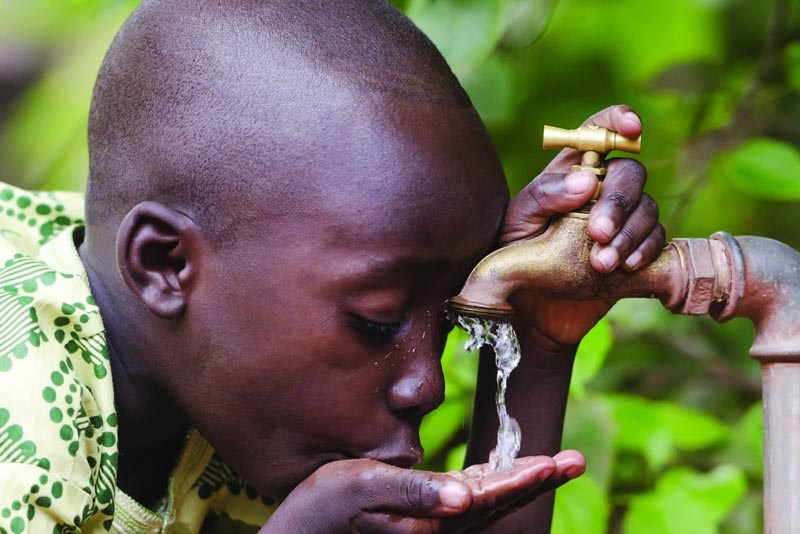
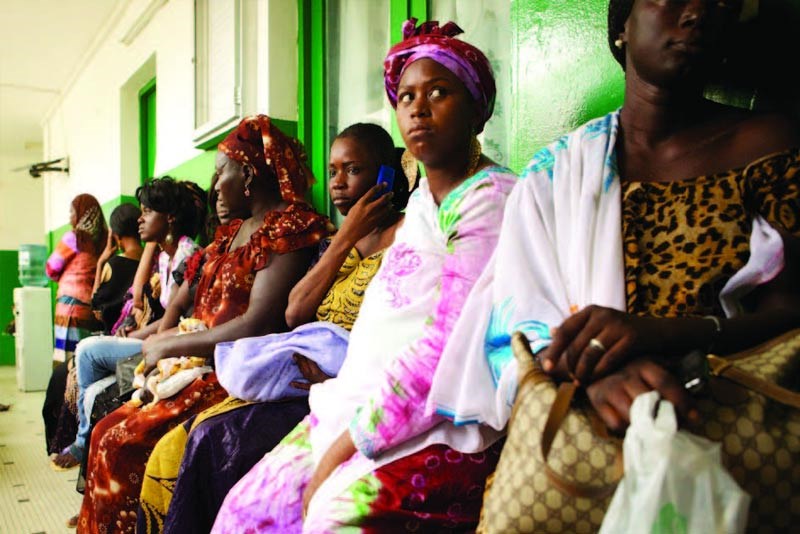
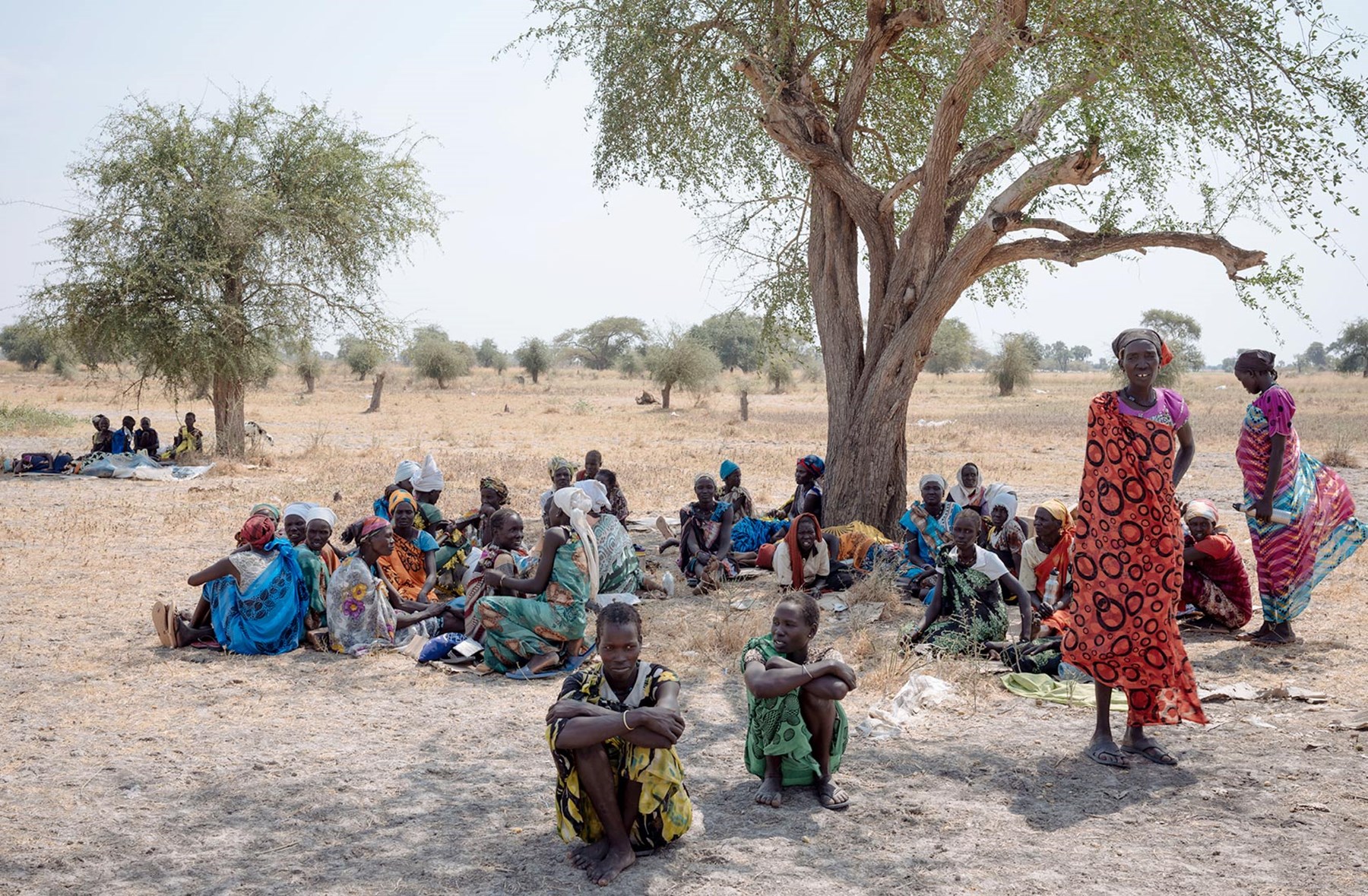
KEY LEARNINGS FOR PHILANTHROPISTS
Engage the community
Conduct learning visits to develop a deep understanding of investment issue areas
A defining piece of the Shefa Fund members’ learning process is traveling together to get a firsthand view of the region’s health needs and to see their existing and prospective grantees at work. The members consistently point to the knowledge gained through these visits as integral to their ability to give effectively.
Benefits range from helping them prioritize geographies and health issues for future grantmaking, to illuminating potential solutions (for example, neonatal care in refugee settings), to calibrating the level of investment required to make the desired progress. The Juffalis have described how these visits deepen their personal connection and commitment to the work.
Partner with others
Collaborate strategically with other donors to accelerate learning and aggregate capital for greater impact
The Juffalis have experienced how collaborating and coinvesting with other philanthropists can accelerate their collective efforts. It has spurred the members’ learning about the issues and communities they are addressing - and also about strategic approaches to philanthropy.
The Shefa Fund’s innovative approach is tapping into the broader movement in global philanthropy toward aggregating capital and giving together. Having improved the health and lives of millions of people, the Shefa Fund has underlined collaborative philanthropy’s potential.
Learn and evolve
Learn and adapt over time to improve practice and extend reach
As one of the region’s first pooled funds, the Shefa Fund had to develop new ways of working. This has meant, for instance, developing a strong screening and grant selection process, being comfortable with longer time horizons for grantmaking, and defining a clear structure around member contributions, roles, and engagement. Because the structure was somewhat novel, the Juffalis started small, by recruiting a limited number of members and focusing on a couple of health issues and a few grantees.
As the Shefa Fund evolved, so did its approach. The Juffalis and fellow fund members learned what it took to focus on underfunded health issues and allocate resources for maximum impact. The fund adapted over time to ever-changing regional contexts, funding gaps, and the interests of its members. For example, it lowered the minimum contribution to increase membership.
Pool resources
Partner with leading actors to stay lean and efficient
Shefa Fund was set up from the beginning to be nimble rather than trying to develop a full set of capabilities itself. It partnered with the Gates Foundation, drawing on its decades of public health and grantee knowledge. This partnership also helped the fund manage its operations, advisory board meetings, and the fund’s capital deployment and investment.
These partnerships have accelerated the Shefa Fund’s work, enabling the Juffalis to launch the fund in 15 months and issue their first grant four months later - milestones that might otherwise have taken years to achieve.
Five years later, its needs and goals are evolving. As a result, the Shefa Fund is starting to develop its own capabilities where it most needs them. Case in point: the fund has hired its first staff member, to focus on member outreach and engagement. The goal: help to advance the Shefa Fund’s impact for years to come.
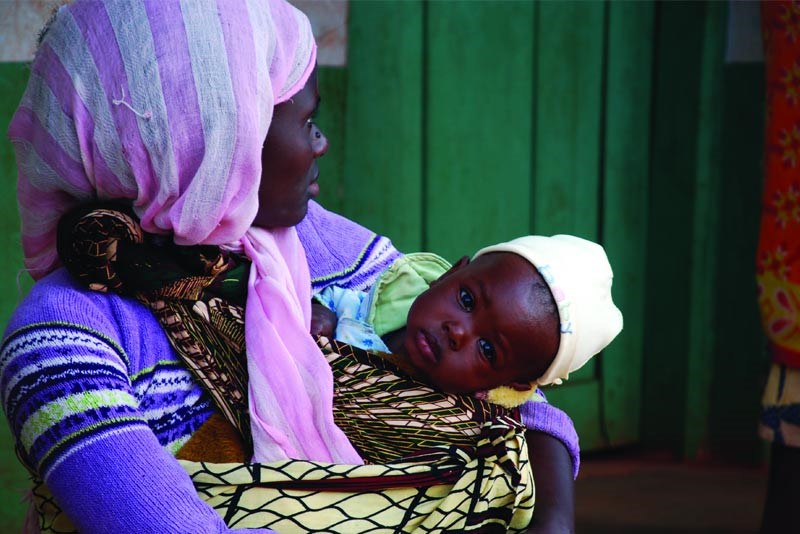
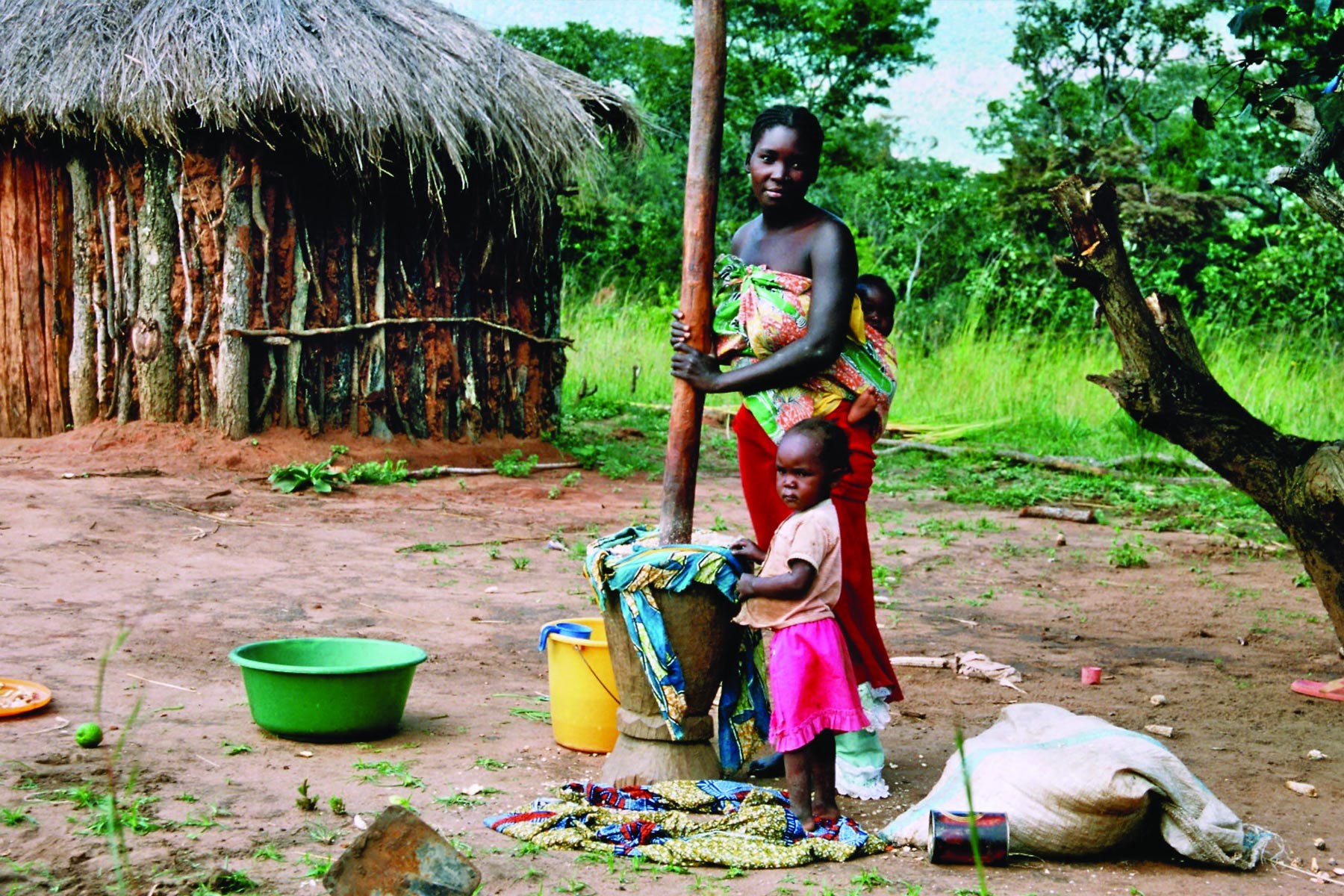
ABOUT THE PHILANTHROPISTSKHALED AND OLFAT JUFFALI
Overview
Khaled Juffali is a managing partner and vice chairman at E.A. Juffali & Brothers Co., which was founded by his father in 1946 and is now one of Saudi Arabia’s largest commercial enterprises, operating in sectors such as automotive and technology. He is also chairman of the Khaled Al Juffali Company, an investment firm that focuses on creating and growing business ventures in Saudi Arabia. In addition, he is the chairman of ReAya Holding.
Olfat Al Mutlaq-Juffali is on the Board of Trustees for the Arab Thought Foundation, the Al-Elm Foundation of Dar Al-Hekma College, and the Arab Fund for Arts and Culture. She has a BA in Economics and a Master’s degree in International Development from American University in Washington, DC.
Mr. and Mrs. Juffali have been involved with philanthropy through their family foundations and nonprofits. In addition to the Shefa Fund, they support the Help Center, an organization that helps persons with intellectual disabilities, and they started a partnership with Northeastern University in Boston, Massachusetts, to create an experiential learning program to educate Saudi youth on strategic philanthropy.
Learn more at shefafund.org
APPENDIX: References
For access to the full case study, with references and additional features, click here.
Bold giving initiatives
Philanthropists are catalysts for bold initiatives taking place across the Arab region. Explore below to learn more about the impactful work underway. For details of other notable projects in the region, click here. To access further research and notes on the selection process, click here.
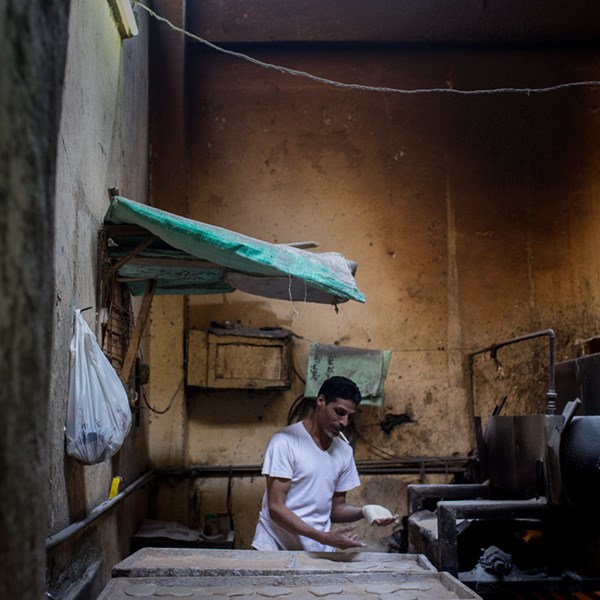
TACKLING HUNGERIN EGYPT
The Egyptian Food Bank launched in 2006 with the goal of wiping out hunger. Today, its innovative approach to food relief and tackling the root causes of hunger has spread to 30 countries worldwide.
Primary philanthropist MOEZ EL SHOHDI
established EFB WAS ESTABLISHED IN 2006; FBRN WAS ESTABLISHED IN 2013
Primary Focus FOOD SECURITY
geography EGYPT AND THE ARAB REGION
View More
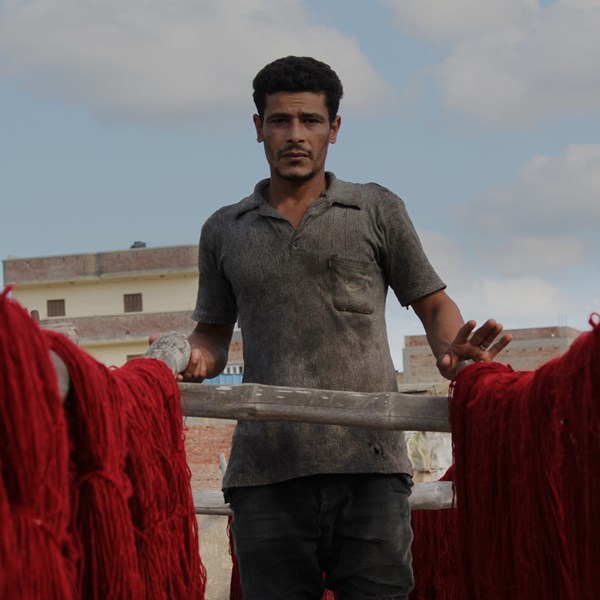
DISCOVERING “WHAT WORKS”TO ALLEVIATE POVERTY
The Abdul Latif Jameel Poverty Action Lab (J-PAL) is a global research center working to reduce poverty by ensuring that decisions on scaling programs and shaping policy are informed by rigorous data.
Primary philanthropist THE JAMEEL FAMILY THROUGH COMMUNITY JAMEEL
established 2003; J-PAL MENA ESTABLISHED 2020
Primary Focus Cross-sectoral, including agriculture, crime and conflict, education, employment, environment and energy, financial inclusion, gender, health, political economy, and humanitarian assistance
geography Research conducted in 86 countries, including nine Arab countries (Egypt, Jordan, Iraq, Morocco, Qatar, Saudi Arabia, Tunisia, Lebanon, and Yemen). Global office at the Massachusetts Institute for Technology (MIT) in the US, and seven regional offices: Africa, Europe, Latin America and Caribbean, North America, South Asia, Southeast Asia, and Middle East and North Africa
View More

BUILDING PATHWAYSOUT OF POVERTY IN UPPER EGYPT
The Sawiris Foundation for Social Development took a bold approach to tackling poverty in rural Upper Egypt: to pilot farming models from other regions; find what works, and then work with partners to scale these practices across the country.
Primary philanthropist THE SAWIRIS FAMILY
established 2012
Primary Focus AGRICULTURE AND LIVELIHOODS
geography UPPER EGYPT
View More
